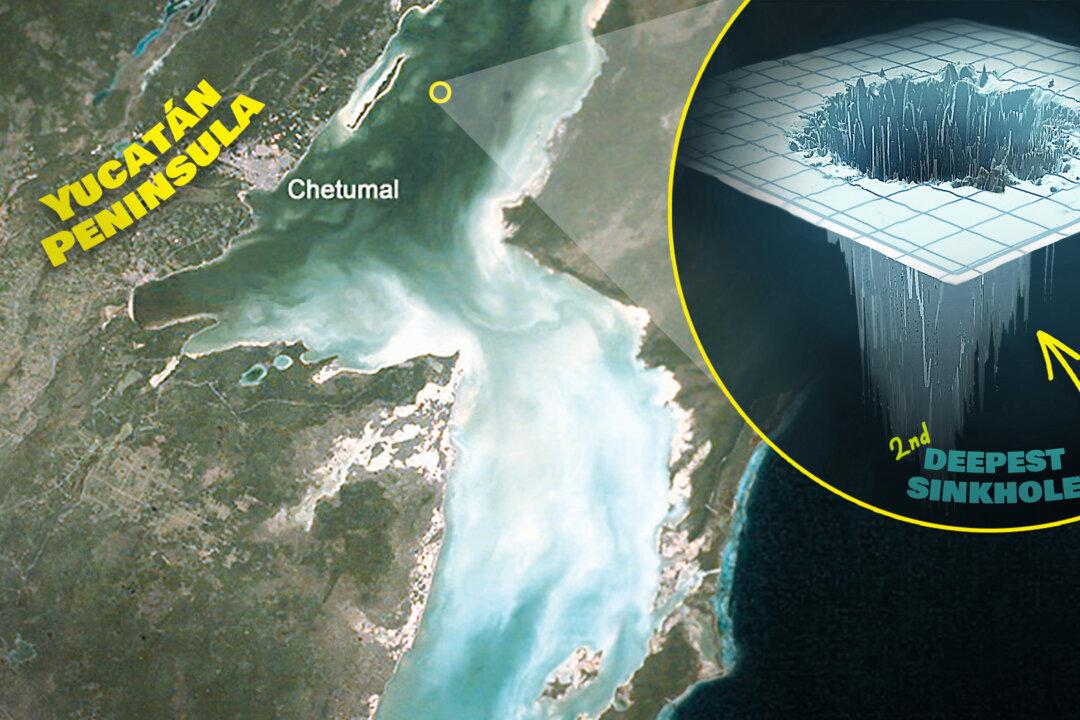The local Yucatán fishermen definitely knew they existed—but nobody really knew how insanely deep they were until recently. It was revealed that the second-deepest submerged sinkhole in the world was found just off the coast of Mexico.
The underwater sinkholes east of the Yucatán Peninsula have been called “pozas” by locals, though scientists term them blue holes. These coastal formations, developed from erosion resulting in submerged pits, can get downright scary deep.






